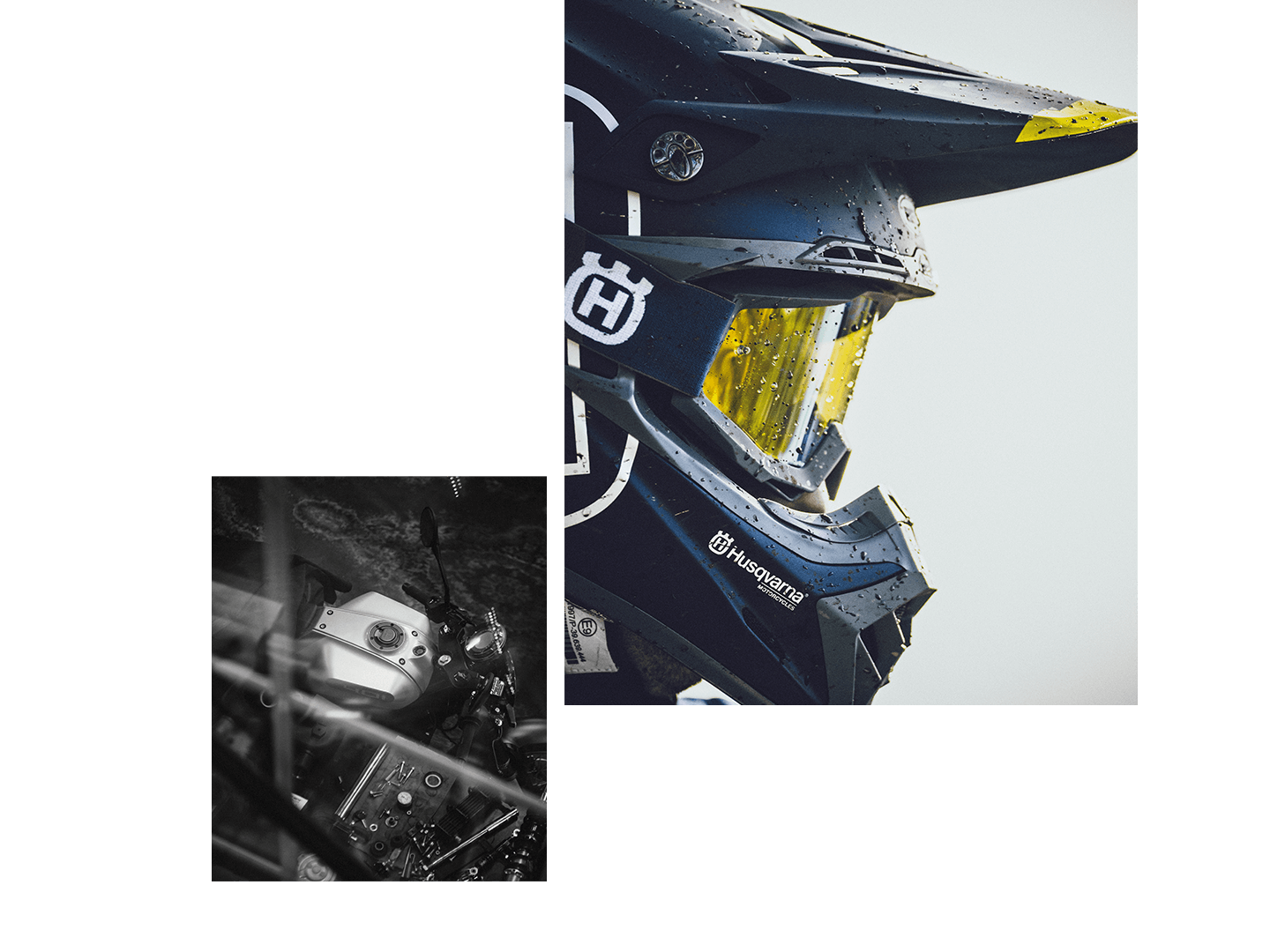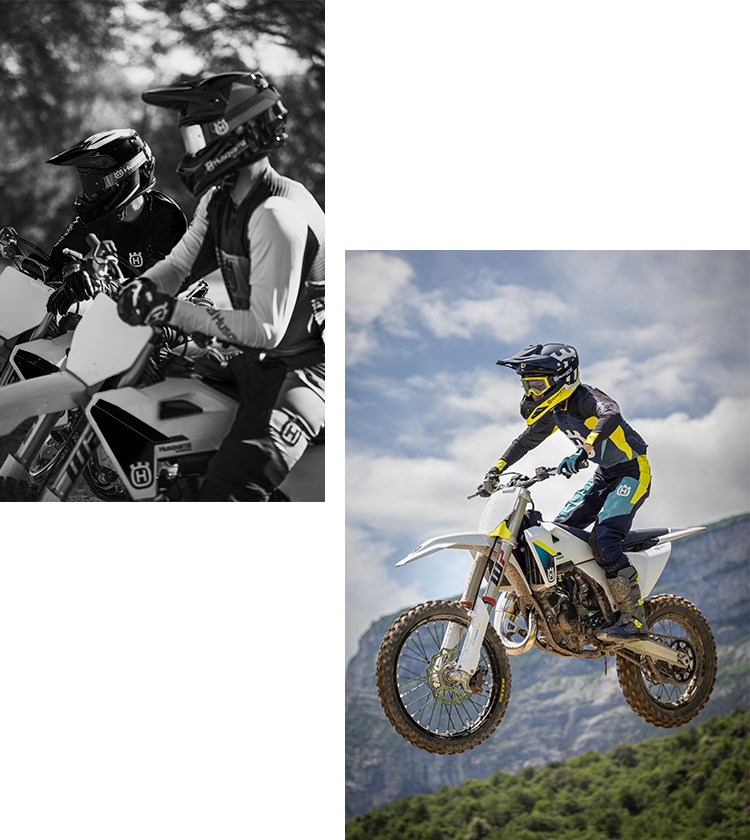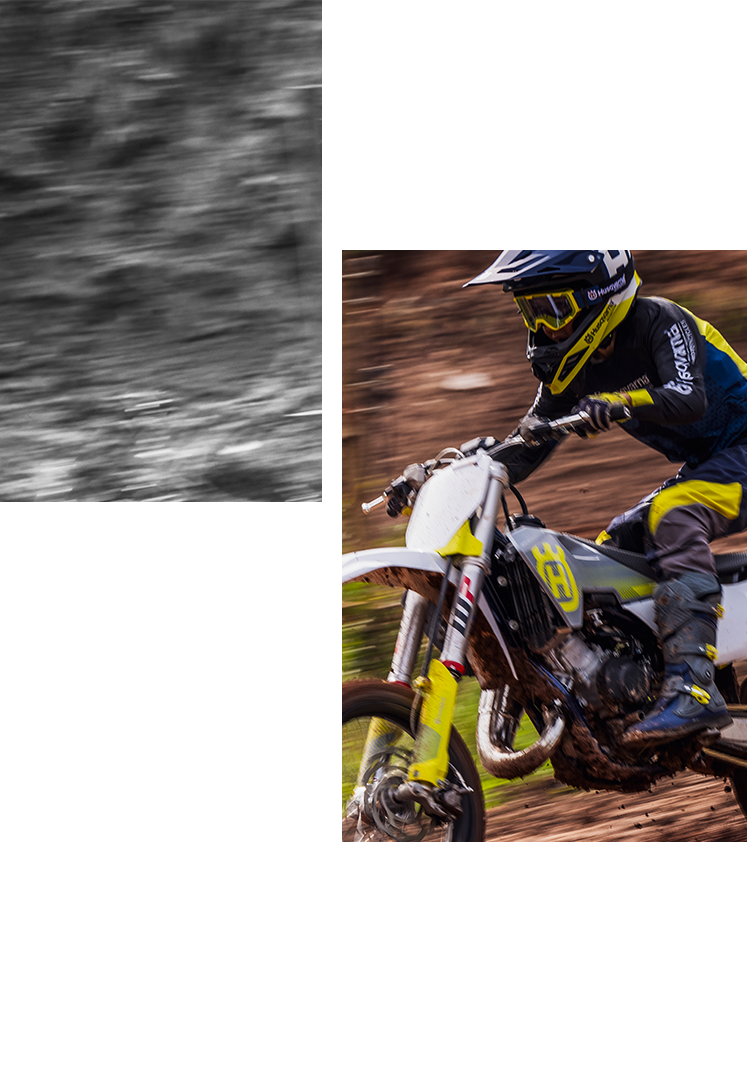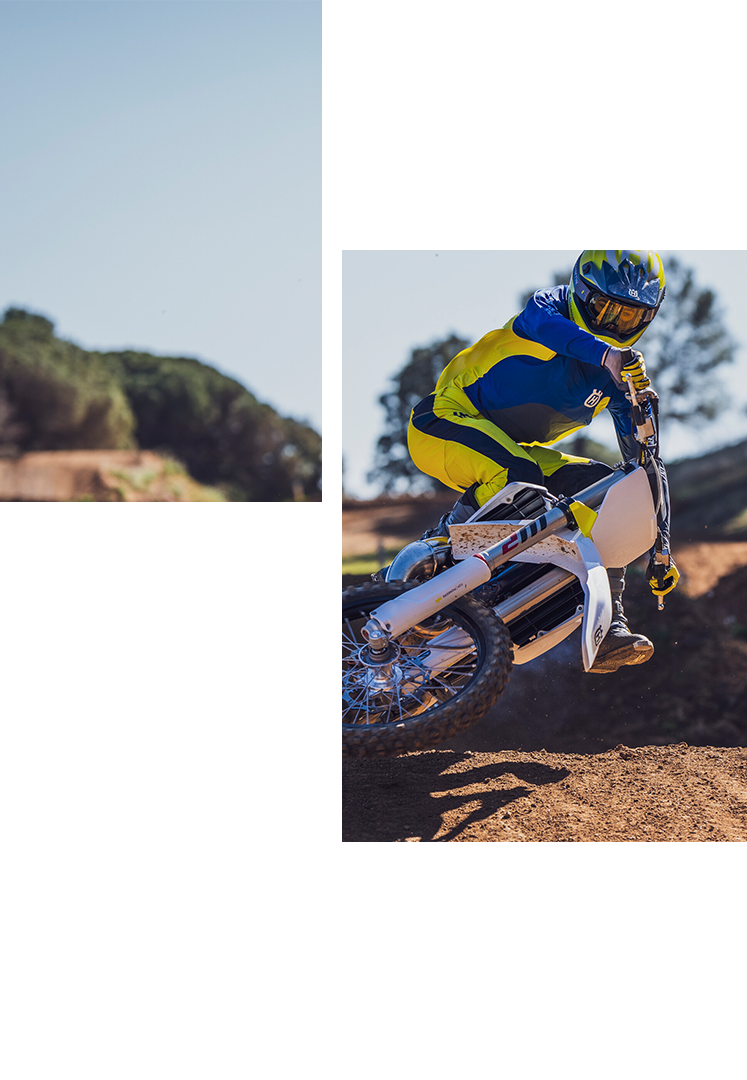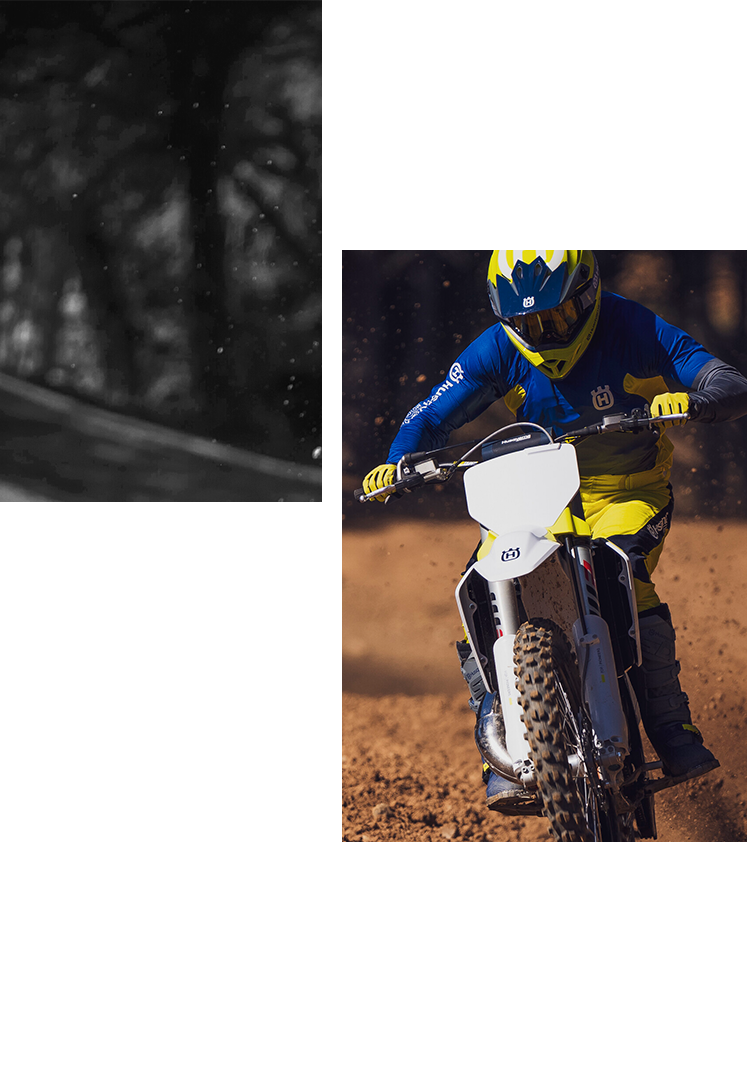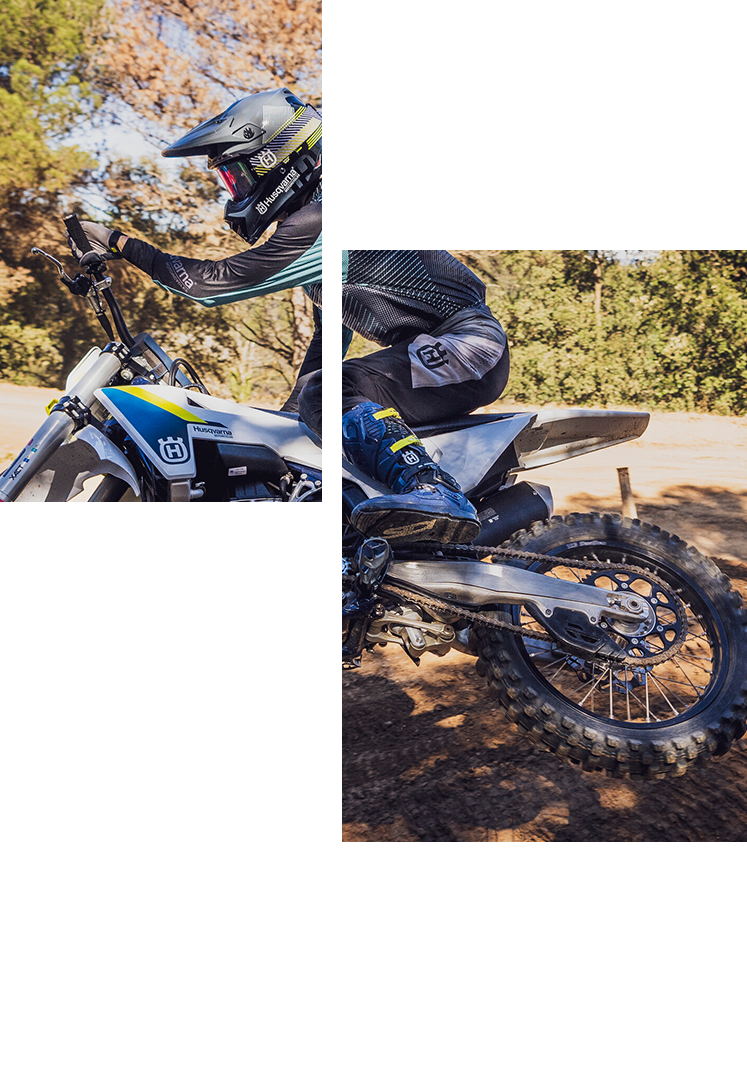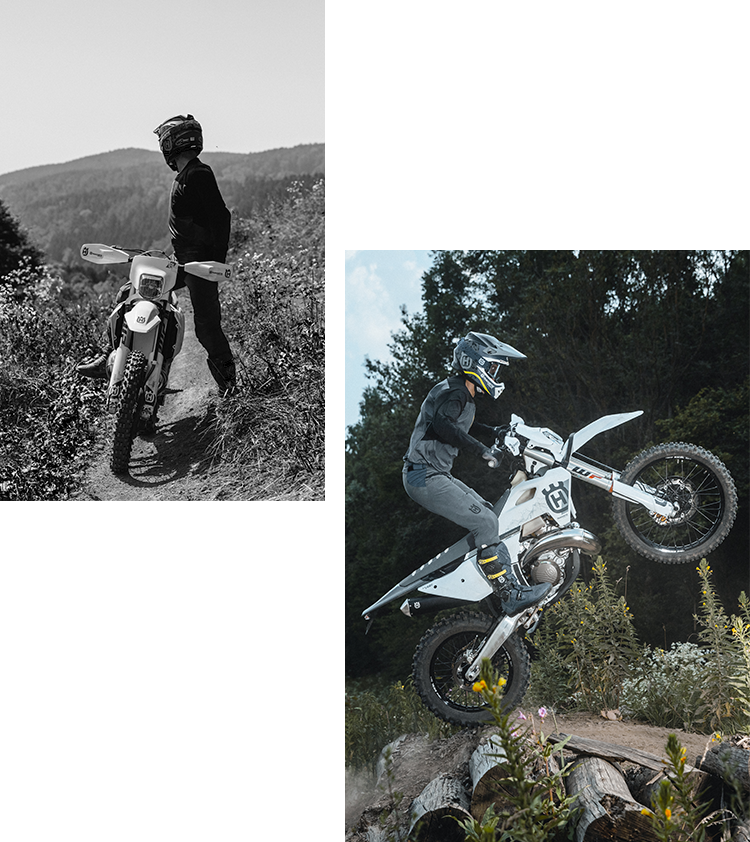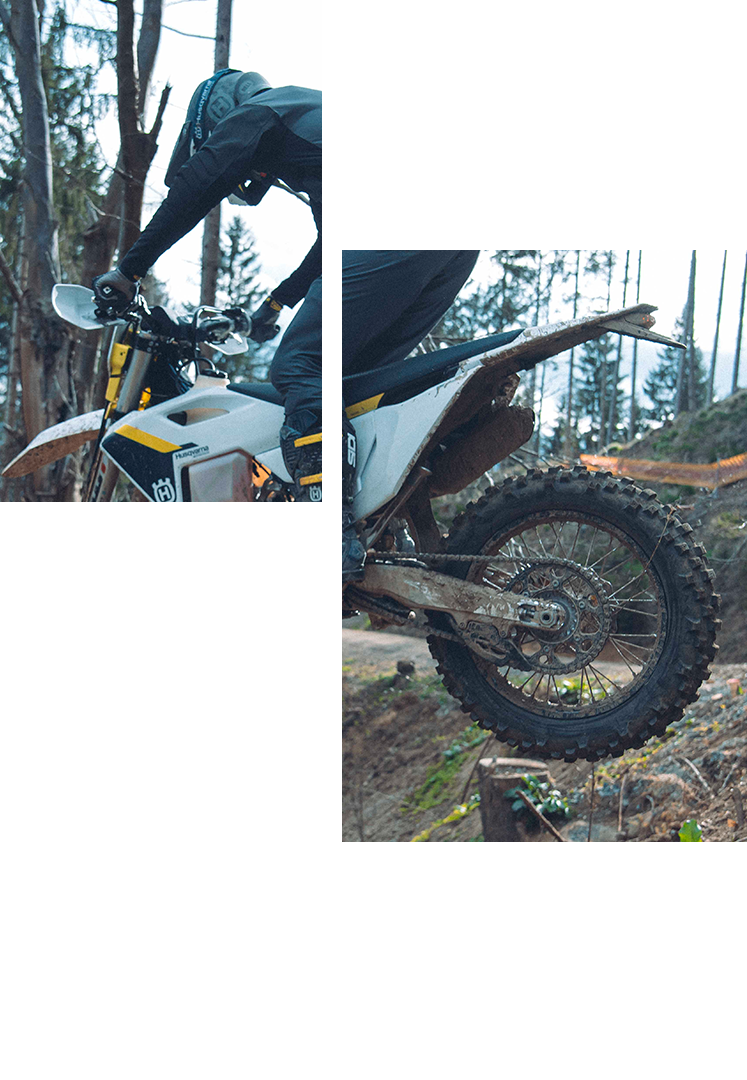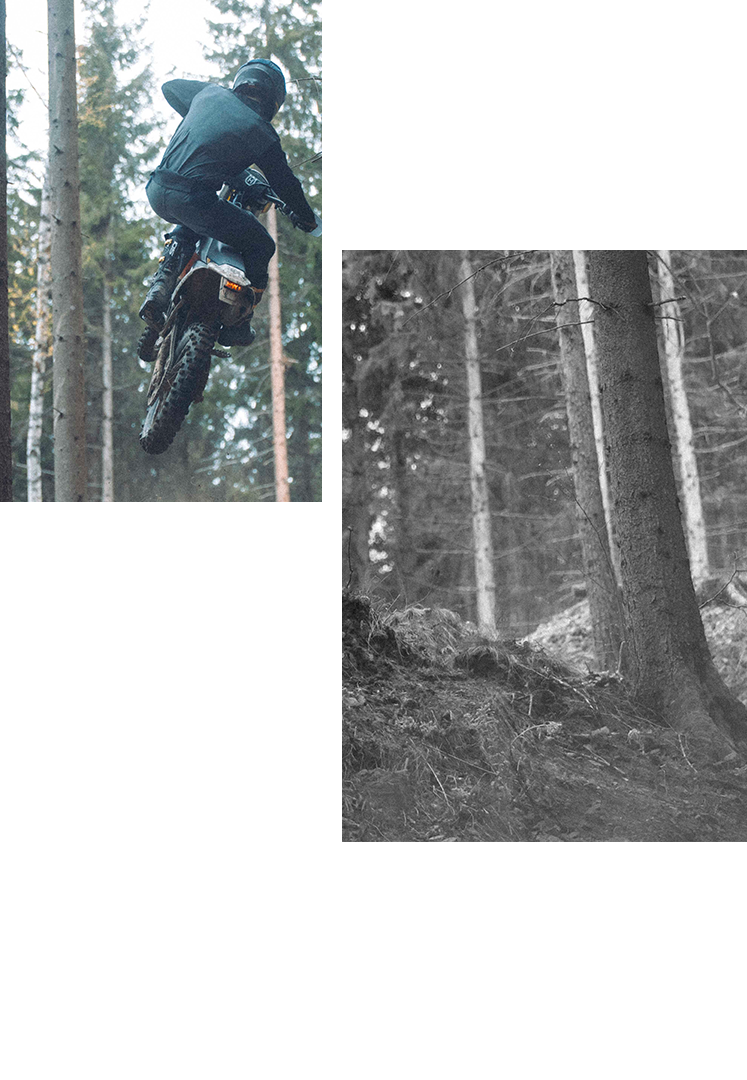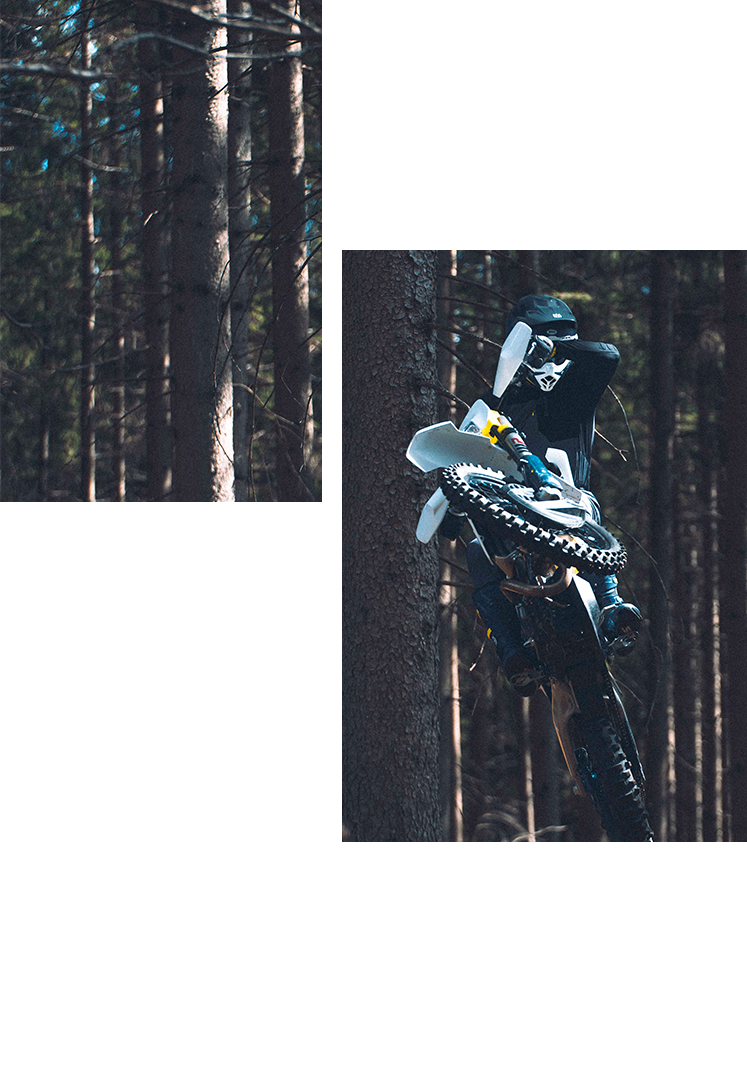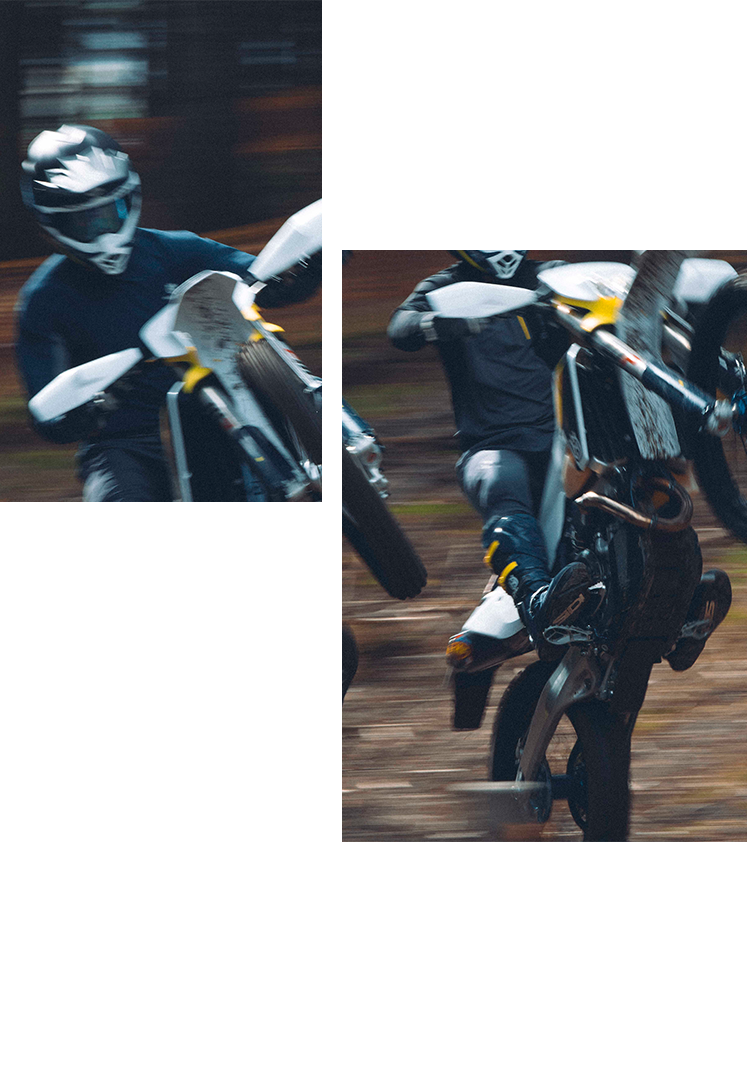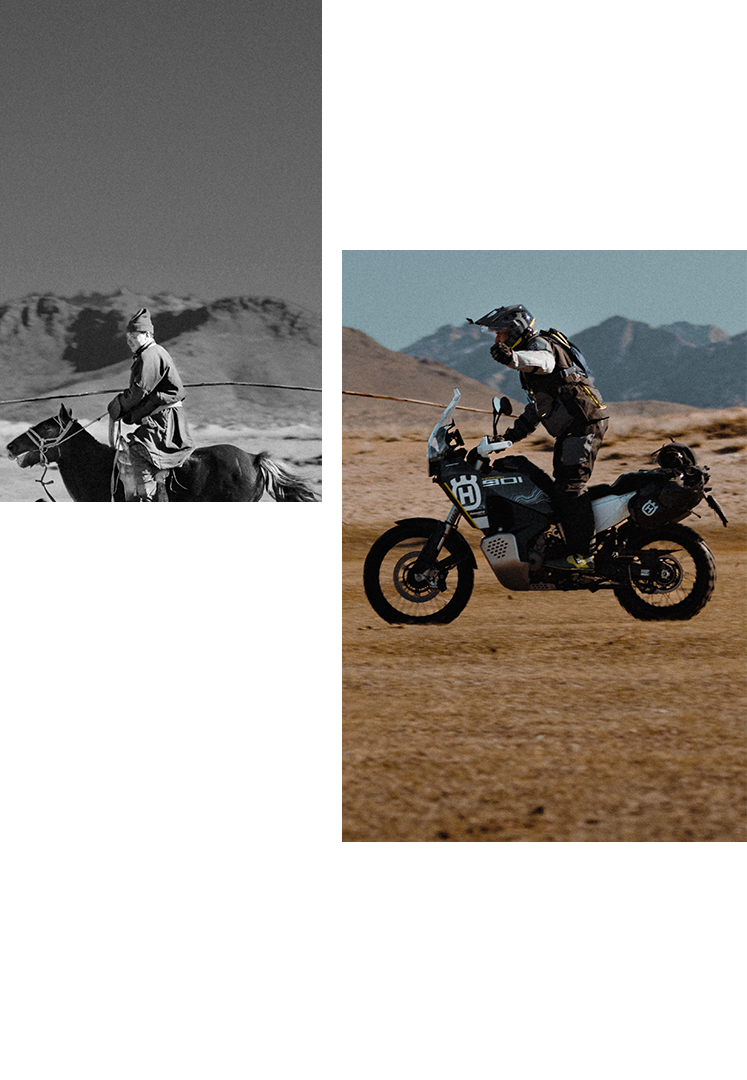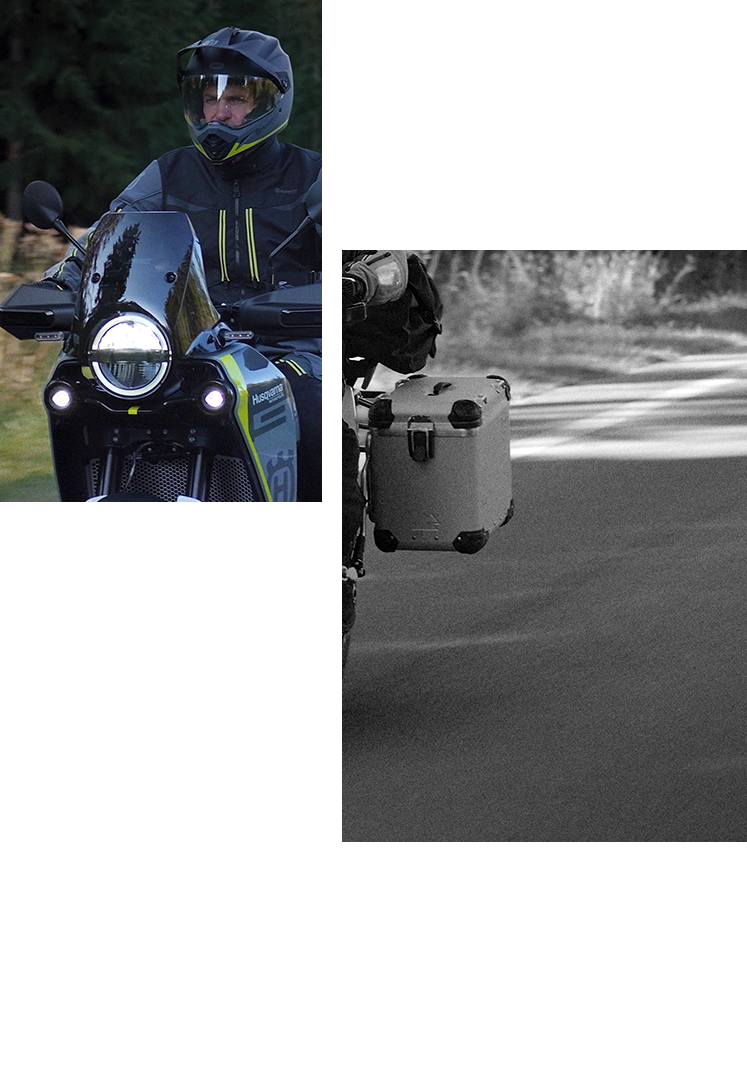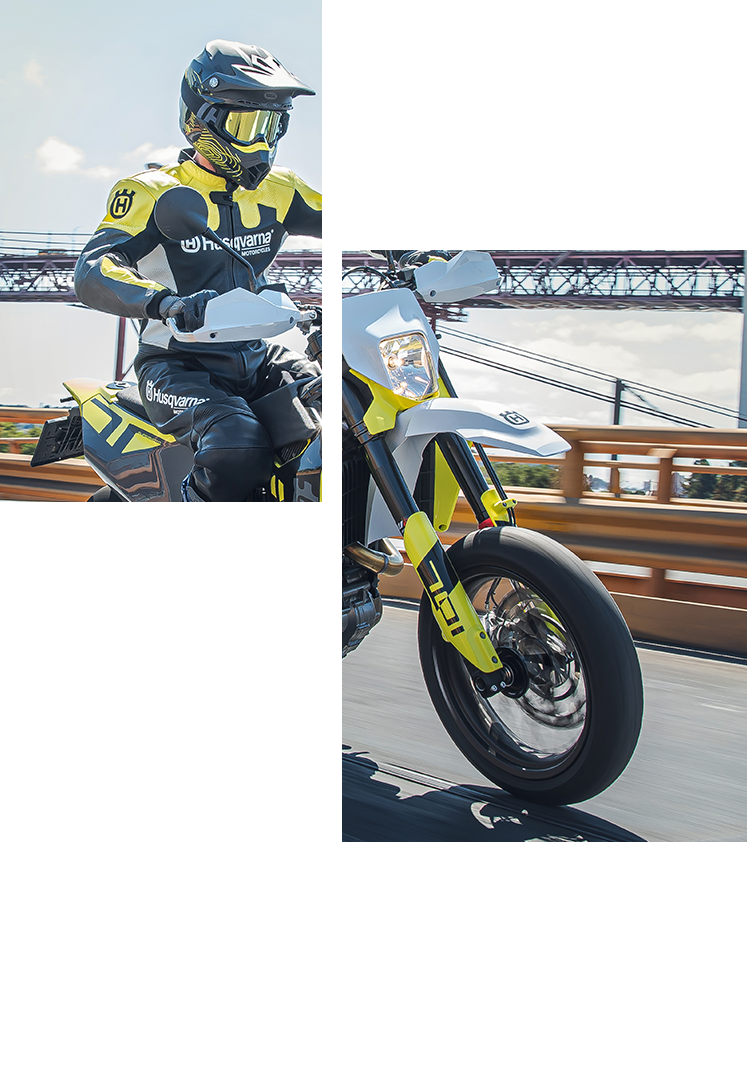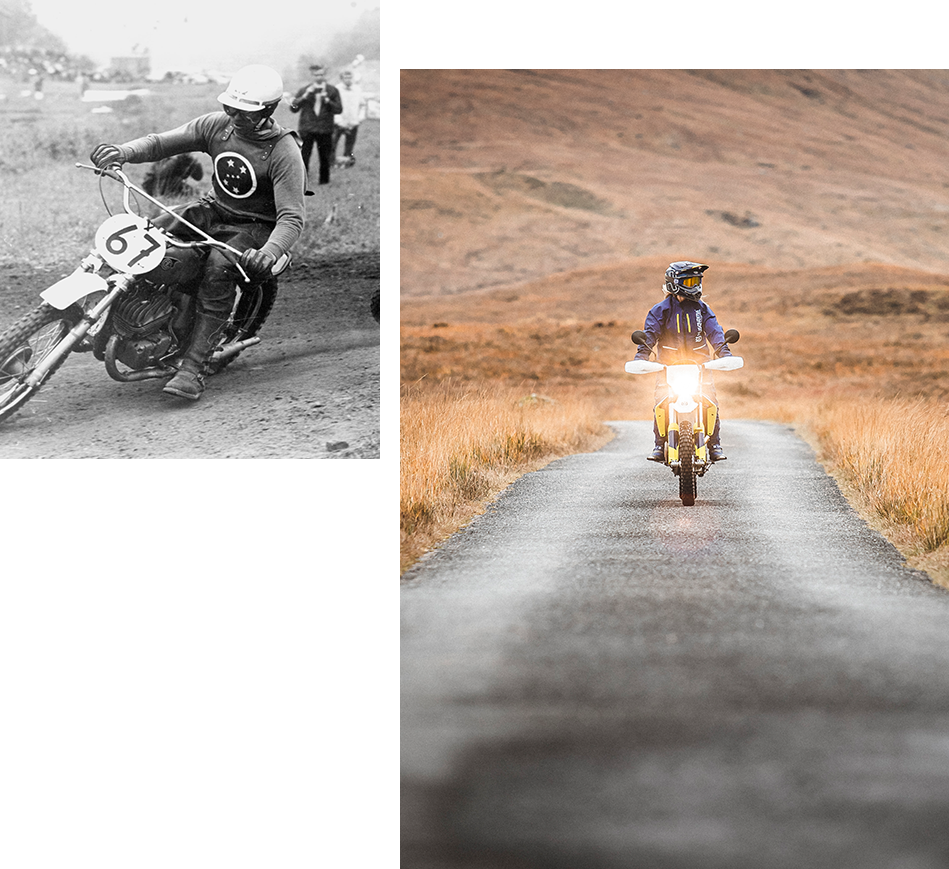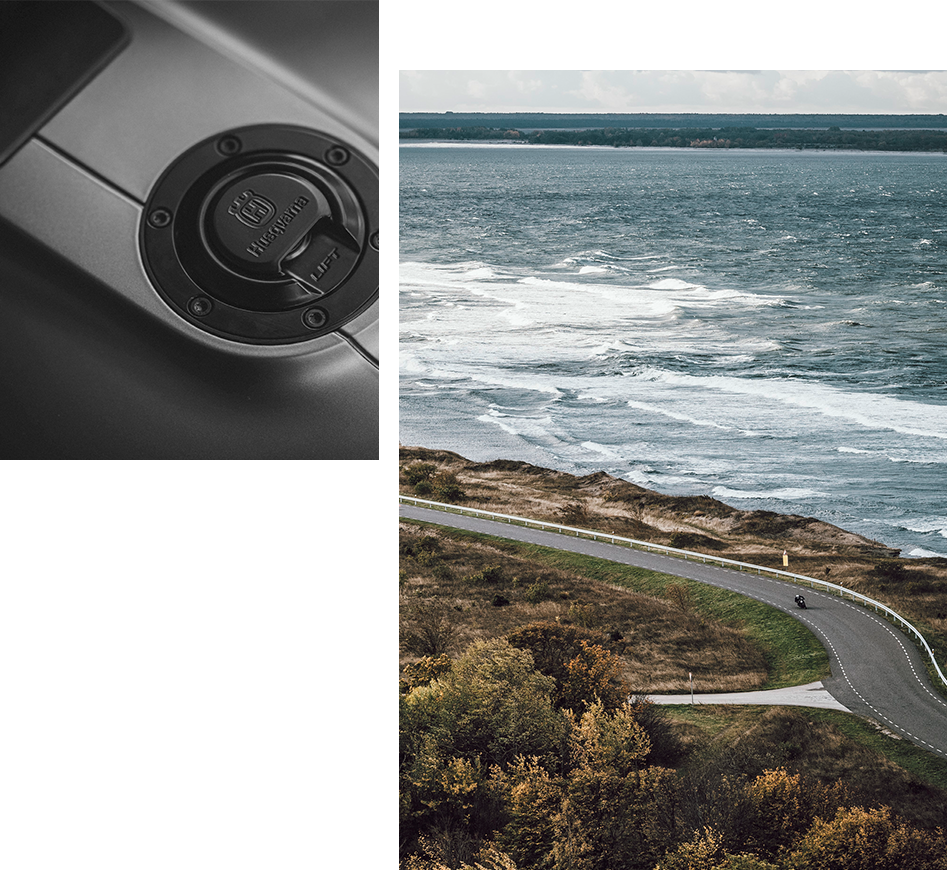The saxtorp era- Episode 1
By Kenneth Olausson
A new racing era began in 1930 when the Swedish Grand Prix was introduced for motorcycle competition. In the little village of Saxtorp in southern Sweden, more people gathered than had ever before witnessed two-wheel racing. Husqvarna was present in the inaugural event and played a major role in the big-bore 500cc class. A third place was well-deserved for the local ace Yngve Ericsson, who thrilled a massive crowd of 70’000 spectators.
The Husqvarna team arrived full of hopes in Saxtorp, the little village in the province of Skane where the first-ever Grand Prix of Sweden was held. It was not a coincidence that the GP scene would be attributed to Saxtorp. The village was inhabited by a mere 625 people back in 1930. But the decisive factor was its geographical position, which attracted the attention of the organisers. Here was a great junction and people from all over could gather easily as there were numerous ways of getting to the small village. Even motorcycle fans from Denmark could go to Saxtorp without big troubles. By ferry it was easy to reach and by airplane you could access Saxtorp by buying a 30-kronor ticket (approx. 6 US dollars). Another feasible factor was the possibility of closing down the whole area around Saxtorp without encountering any big traffic problems.
Saxtorp was a place that had not changed very much since the railroad came along some 30 years earlier. Tobacco growing was one of the more popular aspects and it was promoted according to the "half/half-principle", meaning that the growers lent the land from the owners and split the revenues 50/50 with each other. The tobacco was then transformed into "the Saxtorp havannas" which was a popular and well-known brand in the province. The track around Saxtorp was initially formed to be 14’728 meters long and the rectangular shape of the circuit was supposed to be run with four sharp left hand corners. The start/finish line was situated on the southern outskirts of Saxtorp, near the village church. After only a very short distance from take-off, the first sharp left-hander came and was followed by another not so sharp left. Then came a long, long straightaway where top speeds of 160 to 170 km/h were recorded. For those who wanted to see speed, this was the ideal place of the track. Then the riders reached Björnstorp (the cottage of the bears) where another sharp lefthander had to be handled. By now the riders had covered almost a third of the lap's distance. On it went on a short stretch to Lyckan (happiness) where yet another left-hand corner met the competitors. Now, a straight of 2’000 meters+ had to be covered and also here the riders would reach a substantial speed before the circuit's last corner at the station of Dösjebro. The last third to the finish was more or less straight but did consist of some minor curves, making it difficult to handle the machines on full throttle. Only those with guts would!
The Husqvarna factory had a new chief engineer as of the end of 1928 when Folke Mannerstedt was hired to do the R&D work at the plant. The director of Husqvarna, mister Gustaf Tham, was a motoring enthusiast and had no problems with his decision to employ the up-and-coming talent from Stockholm. Mannerstedt received a yearly salary of 8’000 Kronor (a new 500cc machine from Husqvarna cost 1’000 kronor at the time and a fat smorgasbord at the fashionable Riche restaurant in the capital set you back by 1.50 kronor). There was also a bonus on sales for Mannerstedt, which was guaranteed to be at least another 2’000 in his pockets.
The factory had tested their latest machines in the Six Days contest, which this season was held in Switzerland. The new product had held up well without technical engine incidents, but punctures and broken chains had put a spanner in the wheels of the Swedish national team. The latest engine had been revised by new cylinder heads and work on both crankcase and conrods to improve the performance. Now the big question was on how to better the reliability in order to make sure the power source would last for at least 400 kilometers, which was the total race distance. And, to make things even more difficult, the engine had to be run on normal fuel (while sprint motors were run on methanol). The director Tham had his views on why Husqvarna should go racing… “It is paramount that we learn about heat problems, tolerances and material-qualities,” he said.
The factory's rider Yngve Ericsson was to test the chassis and brakes of the newcomer while technical matters were on the agenda for Mannerstedt. This included also taking advice from an Englishman hired for the occasion. He was a specialist on JAP engines and came over for the Saxtorp event being paid by the Husqvarna people to make the most of the Swedish machines. Then there were the people from Bosch, Amal carburetors, chain & tyre experts and other accessory people who wanted to have their say on various subjects. The initial practice sessions started with the usual analysis of spark plugs, jet settings and some gearbox settings .On the second and third days Mannerstedt was into pistons & valves while also checking on the engine's overall work load. On basis of the results he was adjusting the gap of the piston rings, valve clearance, ignition, spark plugs, gear ratio and so on. Now everything was set for race day, all the machines needed now was fuel...
The Swedish Tourist Trophy Grand Prix attracted a record crowd of 70’000 spectators. People were curious on this big-scale event as well as having a profound interest in motor racing. They came by bus, by car, on bikes and some had gathered on foot from a nearest villages. Even the king and his family came to watch and entered their grandstand at precisely 12.40 hours. The weather was bright and sunny this late-August day so the climate for a successful stunner was right there before your eyes. The officials, doctors & medical folks and the police had taken their spots to get the best overview and it was now time for the day's first race. The English riders were distinct favourites as they had more experience of long races than the local riders. In the 500cc class big names such as "the tiger" Jimmie Simpson on Norton was a crowd-pleaser. Yngve Ericsson was the lone representative on a 500cc Husqvarna and nobody knew in advance what chances he had among this international elite.
The modern gladiators started up their engines and a roar was heard all over the starting area. Some white smoke could be detected from the odd motor, but most power sources only went clickety-clack as it should sound. There were three classes that were eligible for GP status and the two smaller ones were first at hand on today's agenda. In the 250cc class there was a hard-fought battle between a Swede and an Englishman. This being the A class the winner was local hero Erik Bohlin who rode a Swedish-produced NV machine. He won ahead of E A Mellors who straddled a New Imperial. In the B class, the riders with 350cc motorcycles came to the start. It was a nice, bright day as the riders gathered on the line in order to take the Swedish flag for their départ. Two Swedes and a Danish rider crossed the finish line as the top three. The winner was Tore Oscarsson riding a Velocette. The main event was the C class where all the top stars were in for a fight. But nobody could match the skills of Jimmie Simpson who won with a margin over Simcock on a Swiss Motosacoche. On third place was Yngve Ericsson who had done well on his Husqvarna. The Swedish machine proved to be up to standards and the local hero was met with stunning ovations from a delighted crowd.
In a coming episode we will look into one of Saxtorp's grueling events that made head-lines all over the world for being a grand event. Be patient!
